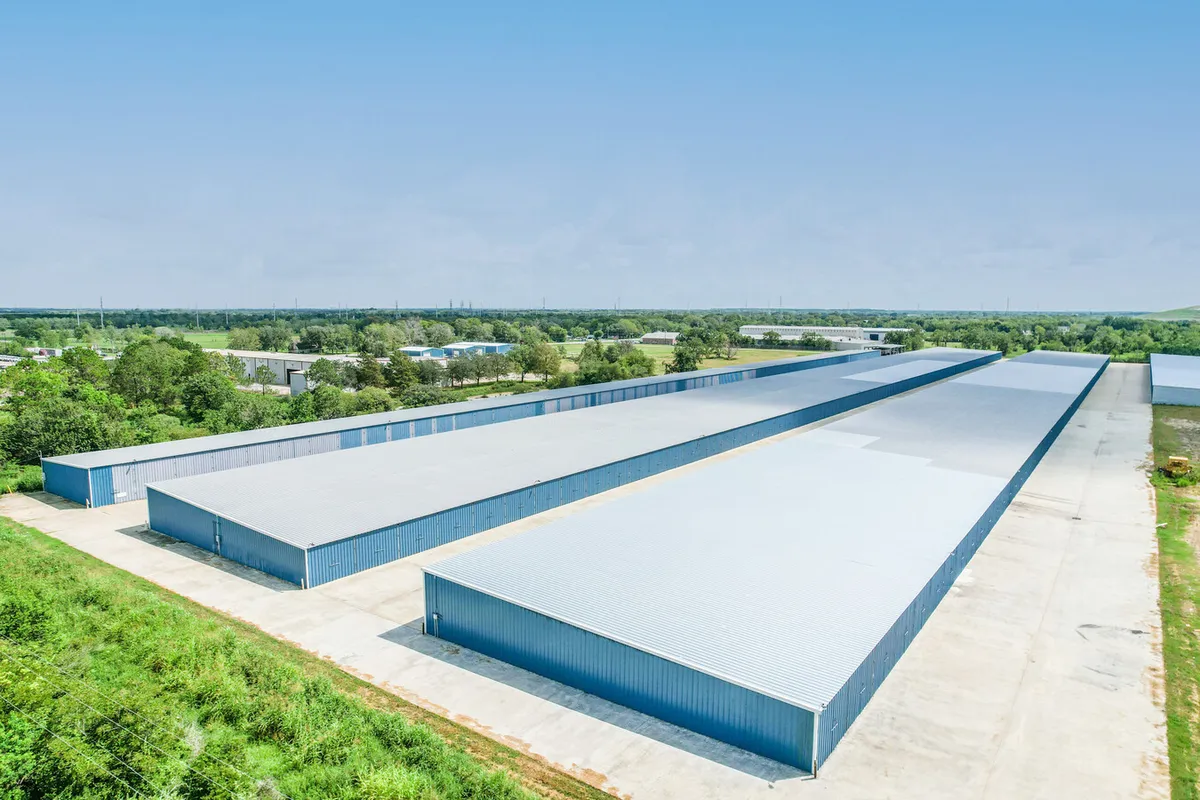Efficiently managing rental rates is a key success driver for any self-storage operation. Unfortunately, that doesn’t make it an easy task. The first thing that comes to mind when a tenant learns of a rate increase is, “what’s in it for me?” And honestly, we can’t blame them for thinking this way. We’re all feeling the pain of inflation in every aspect of our lives. The cost of property taxes, maintenance, and repairs continues to rise with no sign of slowing down. At the end of the day, increasing rental rates in a way that won’t upset your tenants comes down to one simple thing – added value.
There are several best practices for how and when to increase rental rates. Many store owners will align the increase with a new paint job, replacing a gate, adding safety lights, etc. These may seem like good enough reasons to increase rates, but at the end of the day, these are features that your tenants expect you to stay on top of as a store owner. Another consideration – these enhancements cost you money. There’s a break-even point that the rental rate increases need to hit before the increase adds real margin to your business.
Let’s look at the ideal scenario for rate increases. Ask yourself, what can I offer my tenants that achieves the following:
- Adds value to the tenant experience
- Won’t cost me a dime to implement
- Increases the value of my property assets
- Can be activated in less than a week
- Provides me and my tenants with peace of mind
The answer – Tenant Protection.
Here’s an example of how you can leverage tenant protection to simultaneously add value to your tenants and increase revenue for your business.
Sample store scenario
- Number of units: 500
- Current occupancy: 87%
- Current rental rate: 12% below street rate
Goals
- Increase rental rates to match the current street rate for existing tenants
- Maintain 87% occupancy rate following rate increase
Process
Step 1:
Identify and partner with the right tenant protection provider. Look for a partner that:
- Offers a minimum 70% revenue share
- Handles all tenant claims directly
- Can seamlessly function alongside your existing facility management software (i.e., Sitelink, StorEdge, ESS, WSS, etc.)
Step 2:
Determine the minimum coverage limits and corresponding monthly fee that’s right for your store. In this example, let’s say the minimum coverage limit is $2,000 and costs $12/month.
Step 3:
The most important part of the process – communicate the price increase to your tenant in the right way. A good tenant protection partner will provide you with the exact language to inform your tenants before activation of rental rate increases. Be sure to include a special callout that outlines what’s in it for them – protection of their stored belongings.
Here’s an example, “Effective [Date], our facility will be increasing rental rates by $12/month to offer even greater protection of your stored belongings. The $12/month increase includes coverage of damage or theft of your stored belongings, up to $2,000.”
With these tips in mind, you can successfully increase rental rates while maintaining customer satisfaction. To calculate how much your store can earn in added revenue with tenant protection, visit safelease.com/#noi-calculator.








%20(1).jpg)


